“The beauty of literature is you allow readers to see things through other people’s eyes,” said Sandra Cisneros, author of The House on Mango Street. Literature is a tool utilized to create open minds and connect cultures, especially at young ages. Books that are read in your adolescence structure your cultural perspective and outlook on the world. Specifically, books made for two languages assist readers in learning a new language. Sandra Cisneros and Pam Muñoz Ryan are two bilingual Latin American authors who use this tool to immerse their audience into the experiences of Latin American immigrants in the United States. Their books, The House on Mango Streets and Esperanza Rising, illustrate the Latin American cultural perspective for readers of all cultures.
Being immersed in other cultures can promote cultural sensitivity and increase awareness globally. Young adult authors provide a space for youth to step outside of their bubbles and learn about the world around them. Following an individual through their experience is an effective way of learning about history and culture. Pam Muños Ryan, the author of Esperanza Rising, Echo, and Mañanaland, encapsulates cultural experiences through fictional stories of youth around the same age as her readers. Her novel, Echo, is a historical fiction novel set in Germany and the United States during the period leading up to World War II. The novel includes three main stories from different pre-teen perspectives that show the influence of music across cultures. While it can be challenging to introduce youth to heavy topics, authors like Pam Muños Ryan encourage empathy through a reflective way of learning. Her novel, Esperanza Rising, introduces the topic of immigration from a young girl’s perspective.
For senior Bella Gonzales, reading Esperanza Rising was eye-opening.
“I remember reading this book and having a conversation with my brother because I couldn’t understand why she had to leave her home,” Gonzales said. “[Understanding] the reason why a lot of people have to immigrate is difficult at a young age.”
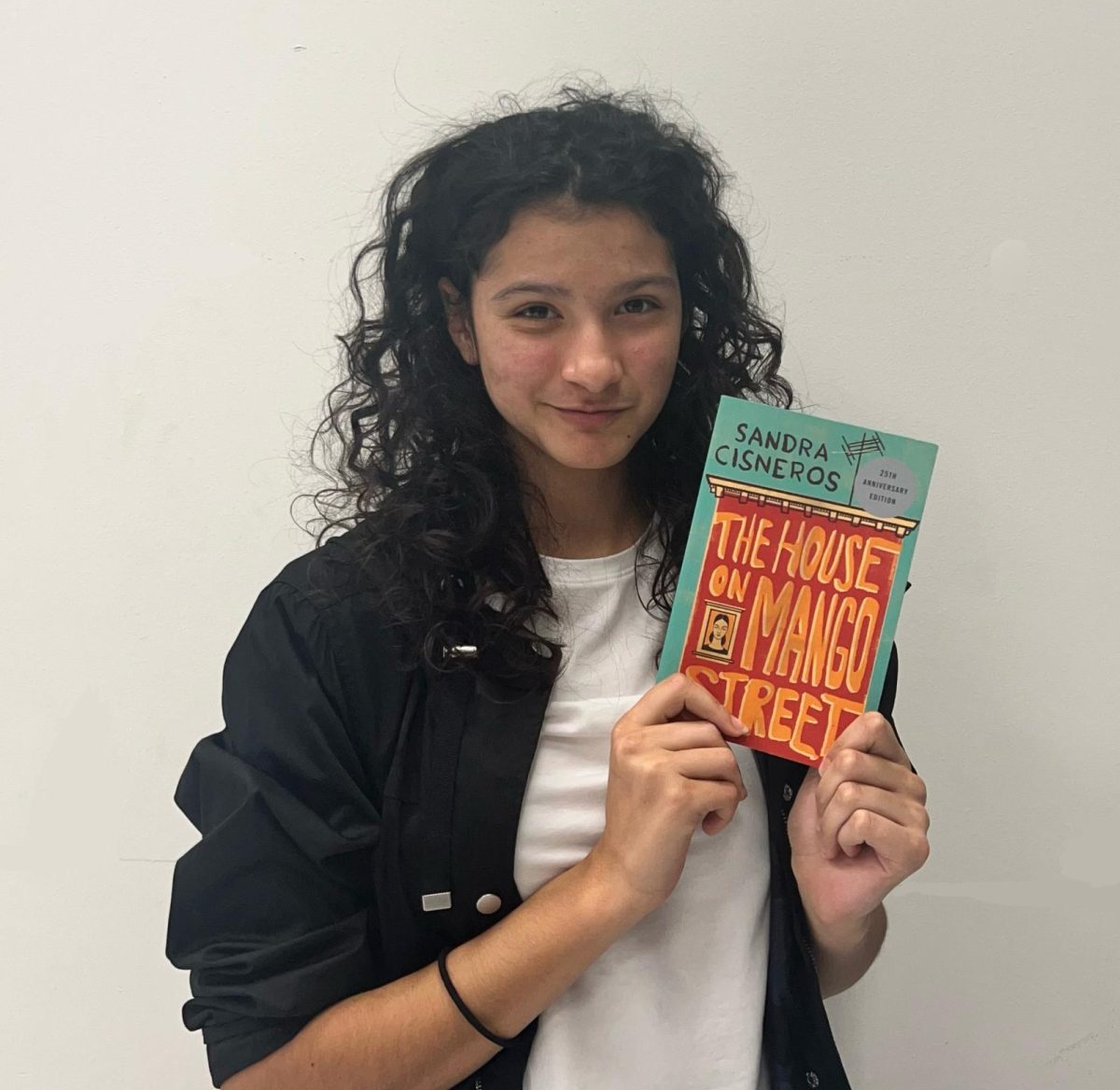
Additionally, novels can help readers enrich their comprehension of another language. Language is a large part of culture, and as Sandra Cisneros, author of The House on Mango Street, says, “the more you speak more languages, the more you understand about yourself.” Reading bilingual literature during adolescence is beneficial because it increases worldly knowledge and language fluency. After reading Esperanza Rising in Spanish in third grade, Bella Gonzales became more fluent in the language.
“If you want to expand your vocabulary and enhance your understanding of the language, reading is the most valuable thing you can do,” Gonzales said.
The House on Mango Street by Sandra Cisneros is a book that many students read in elementary and middle school, but not everyone understands its impact. This novel tells the story of Esperanza Cordero and the women in her life. The story does not follow a traditional structure—every chapter is an individual vignette, and they are not in chronological order. These stories explore themes of identity, poverty and maturity. It is a unique and important novel in its way of sharing the experiences of families like Esperanza’s. They pass through difficulties in the United States but keep trying to build the best life possible for themselves.
Readers of The House on Mango Street learn facets of the Latine experience. The novel was originally published in English to reach more readers in the United States and extend its message. There are also many readers who feel connected to Esperanza and her experiences. Senior Angelina Rowley is one of them.
“I remember connecting to [The House on Mango Street] because of [Esperanza’s] journey to find her identity and connect with her roots,” Rowley said. “That’s what I was doing last summer to connect with my family in Eagle Pass. They all live different lives there, and I could see the culture there.” Reading The House on Mango Street allowed Rowley to make connections between herself, her culture, and others, expanding her understanding of the world.
Esperanza Rising also explores the Latine experience in migrating to the United States. In this novel, Esperanza Ortega and her family pass through many hardships in their home in Mexico and are forced to move to the United States and work the earth to survive. Esperanza begins the story in a life of privilege but over the course of the novel transforms from a spoiled girl to one who truly appreciates life. The novel explores the importance of families and the difficulties of life, especially the adversities of immigrants and field workers.
One of the impacts of this novel is that it realistically demonstrates the experience of a Mexican immigrant. It’s especially heartbreaking to see this story told through the eyes of a 13-year-old girl, but it reflects a harsh reality. For Bella Gonzales, the novel has a personal connection.
“I talked to my family about [Esperanza Rising], and what really stuck with me was that my grandma did that same thing, and that’s where I found meaning in the book. I think I always saw the main character as my grandma, who had to leave a lot of her family members behind and leave her home.”
Pam Muñoz Ryan too had an immigrant grandmother and Esperanza is based on her experience as a migrant farmworker.
Bilingual and intercultural childhood books bring readers to the perspective of other cultures and create accepting and open communities. These books break down the habits of prejudice by educating those who don’t understand the hardships of people with different backgrounds.
“It feels like such a small world when you don’t learn about other cultures, and when you are opened up to other cultures, you have a new understanding of life and how things work,” Gonzales said. “Your life is very sheltered if you’re not learning about other cultures.”
Ultimately, books that engross their audience into the lives of others are the books that build us.





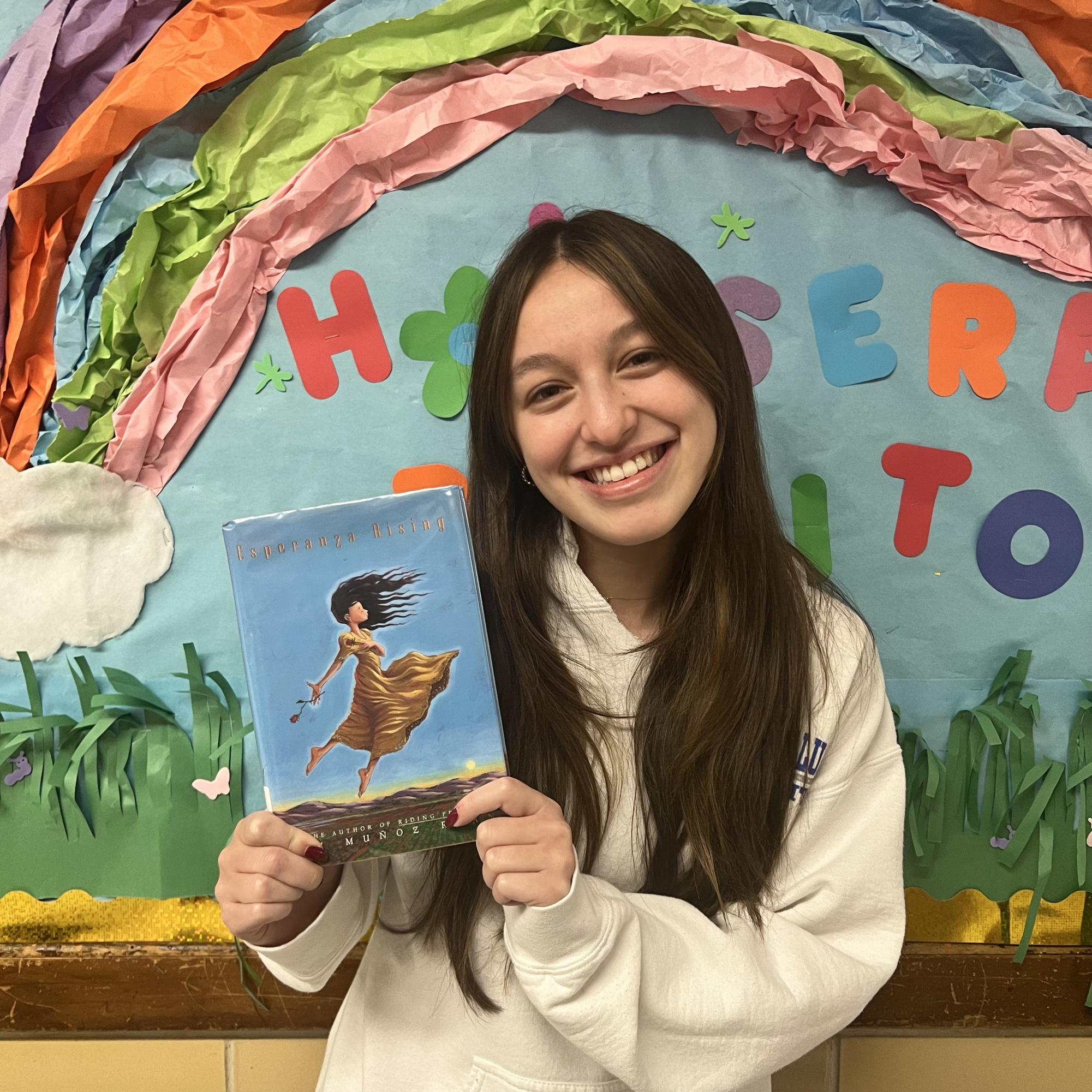

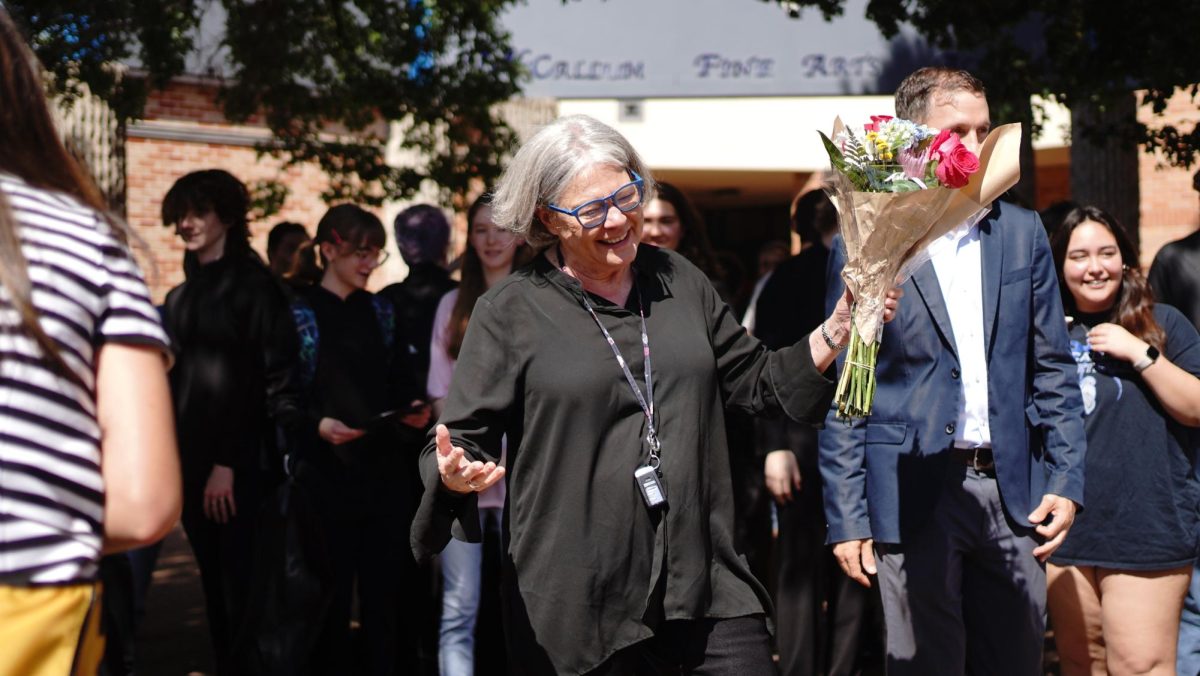


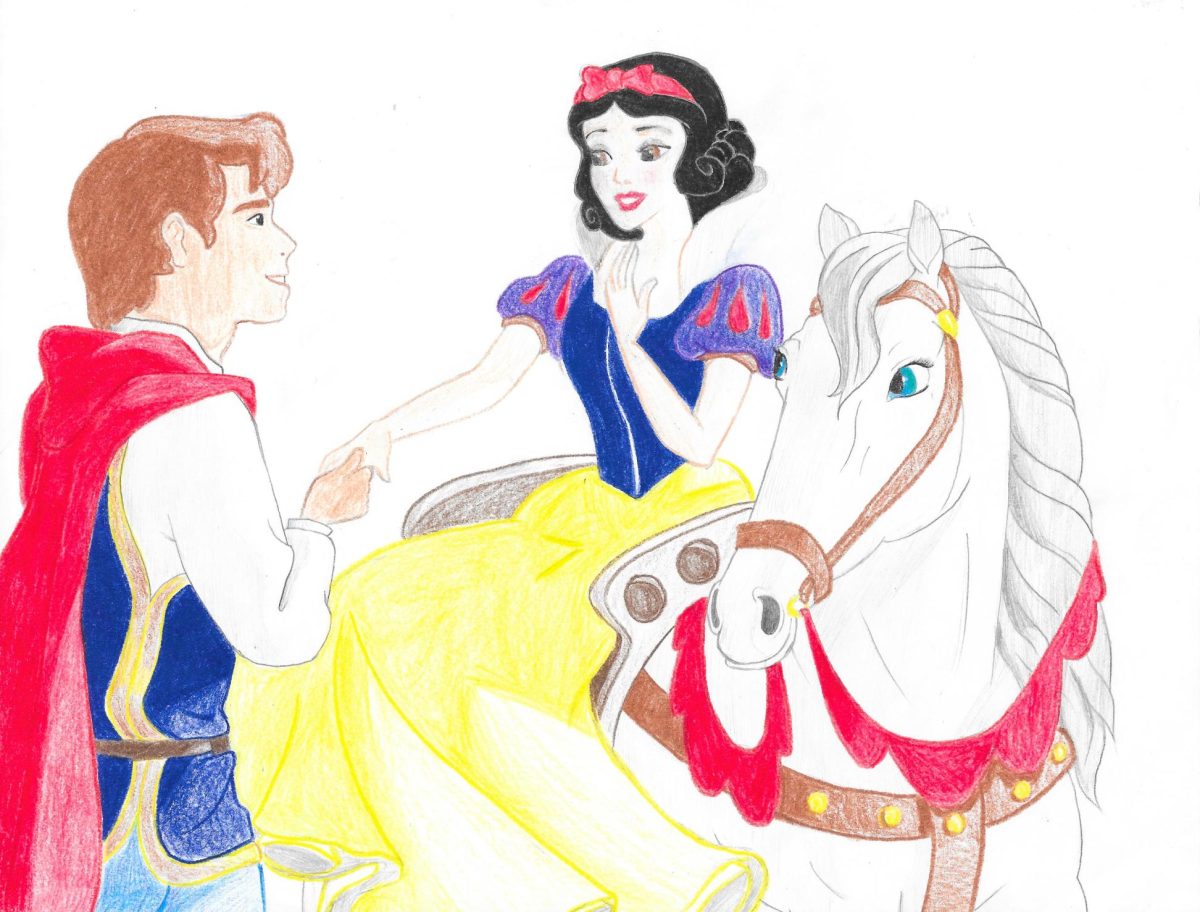


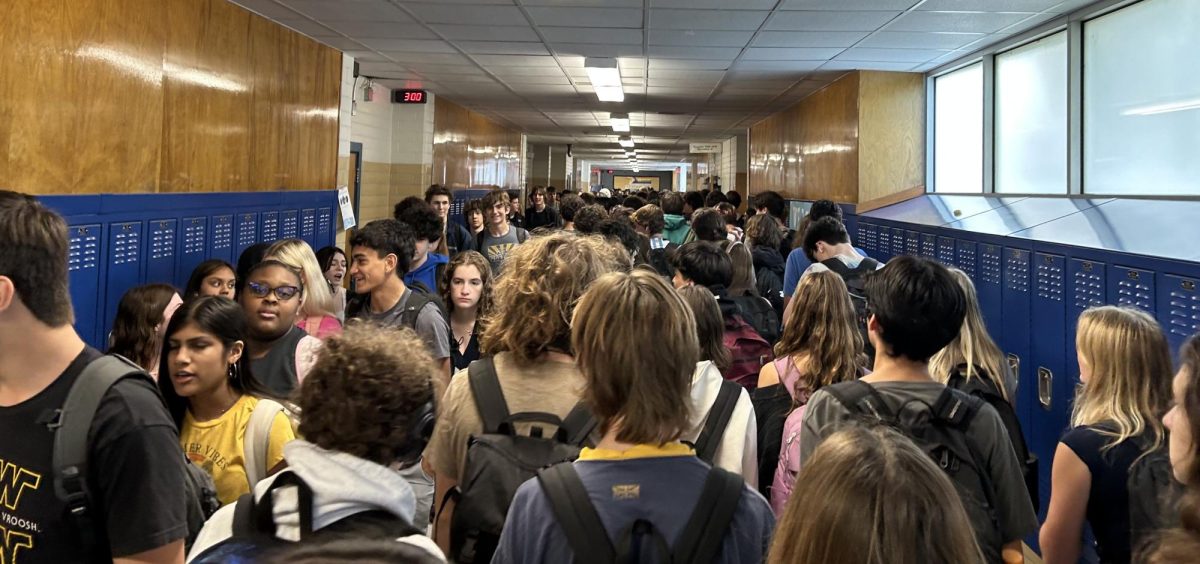
![DANCING QUEEN ONLY 15: The Mccallum quinceañera took place Saturday May 18 in the cafeteria. Students who danced at the quinceañera practiced for weeks during lunch and after school with the help of Señora A to perfect this special moment. “I signed up for fun and for the dress originally, but I actually made a lot of friends, and it helped me want to come back to practice,” said Elizabeth Peables, a freshman quinceñeara. “It’s been stressful, but it always works. We stayed very late yesterday [the day before the event], but today it feels like everything came together.”
Caption by Nellie Eschberger with reporting by Beatrix Lozach.
LA REINA DE BAILE, SOLAMENTE TIENE 15 AÑOS DE EDAD: La Quinceñera de McCallum fue el 18 de Mayo en la cafetería. Estudiantes que bailaron en la quinceañera practicaron por semanas durante el almuerzo y después de la escuela con la ayuda de la Sra. A para perfeccionar este momento especial.
“Originalmente me inscribí para divertirme, y por el vestido, pero actualmente hice muchos amigos y me ayudó a querer regresar a la práctica.” Dijo la estudiante de primer año Elizabeth Peables. “Ha sido muy estresante, pero siempre funciona.” “Nos quedamos muy tarde ayer el día antes del evento pero hoy se siente que todo está cayendo en forma.”
Leyenda por Nellie Eschberger con reportaje de Beatrix Lozach. Traducción por Maverick Palacios.](https://macshieldonline.com/wp-content/uploads/2024/06/53732328578_3ee2526f55_o_53769409497_o-1200x675.jpg)


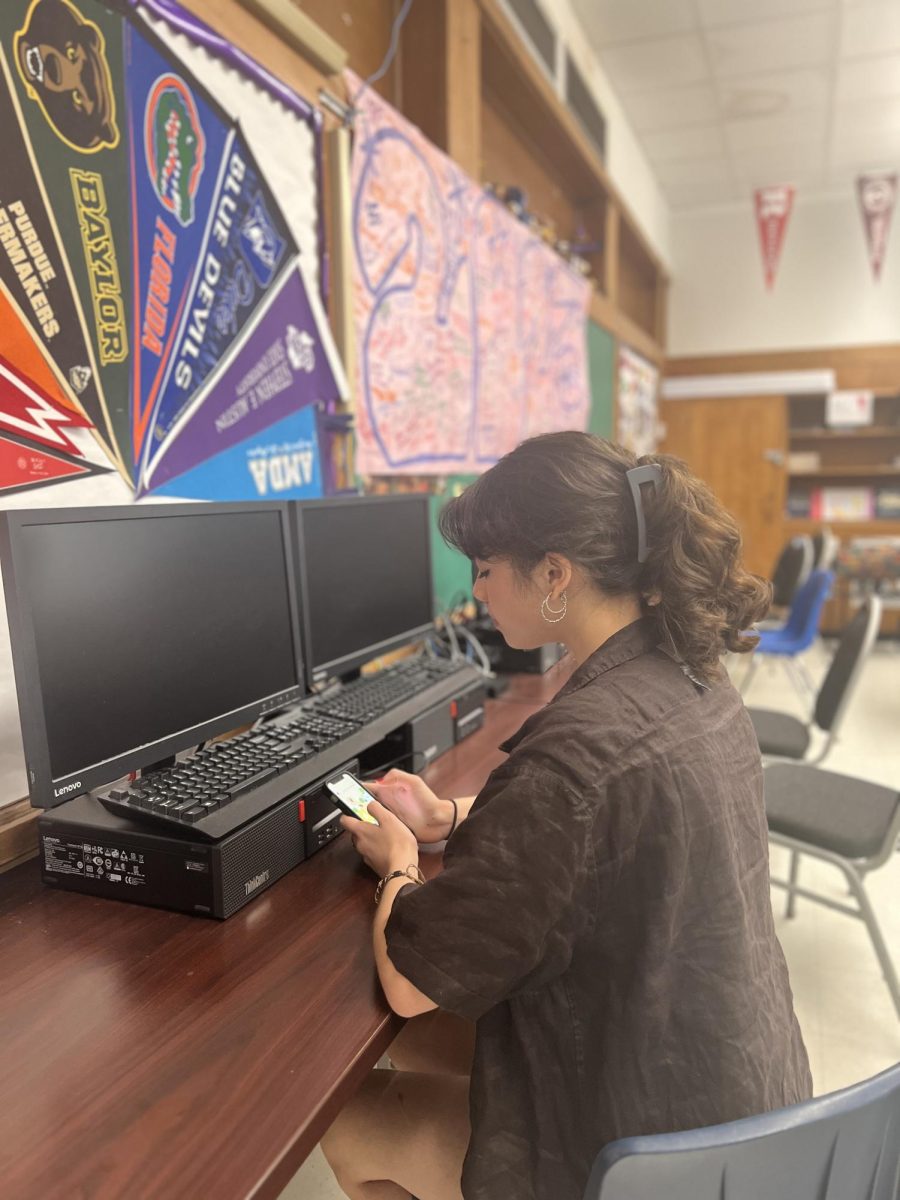
Sophie Lopez • Feb 20, 2024 at 2:45 pm
As an avid reader, I found this article so pleasant and meaningful to read! I loved to hear about the importance of other people’s favorite books and how it impacted them. Amazing topic to write an article on – so many people can relate to it! Personally, I love to write, and so much of my work is impacted by the ideas and characters that I read about. My passions and my identity have been partly discovered through reading, so much so that I feel I’m composed of all the different places and people I’ve read about in books – they’re all a part of me. Now I’m certainly adding Esperanza Rising and the House on Mango Street to my to-be-read list!